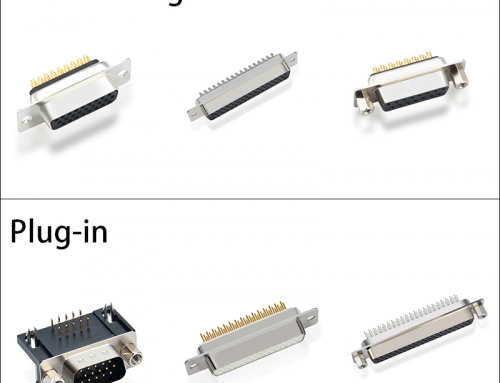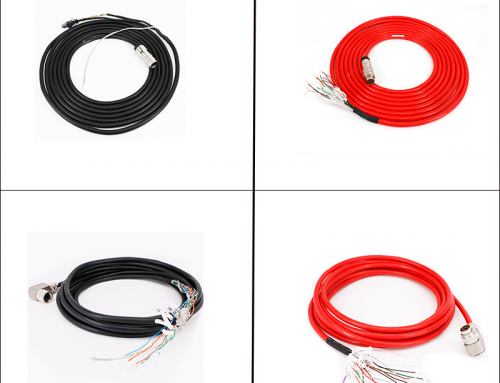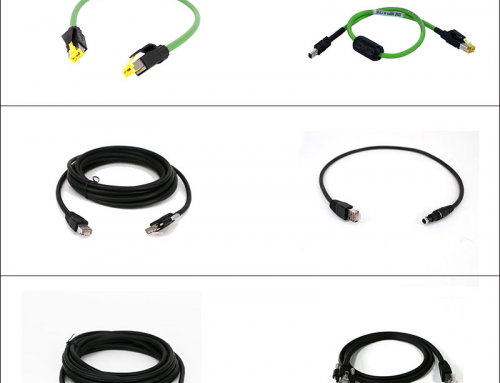Introduction
SCSI (Small Computer Systems Interface) is technology designed to connect the device to a computer. SCSI is also called bus technology, which means that all devices connected to a central bus and are “daisy-chained” together. SCSI bus is controlled by a host controller which will usually be embedded into the motherboard, also can be extended from a single card.SCSI connector is either external or internal. The cable/connector requirements depend upon the location of the SCSI bus. SCSI using three different signal types, Single-Ended (SE), Differential (HVD or high-voltage differential), and LVD (or low-voltage differential). The most important things to remember when you choose your SCSI cable is the type of connector required by your devices, and the location of the cable, either internal or external.
There are several typical SCSI cable types are stated below:
VHDCI 0.8mm 68-pin cable
VHDCI(Very High Density Cable Interconnect)0.8mm 68 pin cable,the connector pin arrangement in two rows,one on top of the other. The top row has 34 pins and the lower row has 34 pins. The pin arrangement closely resembles that of a Centronics type interface.Often use the connector SCSI-3 applications such as RAID.
Centronics 50
Centronics 50 cable,the connector pin arrangement in two rows,one on top of the other. The top row has 25 pins and the lower row has 25 pins. Often use the connector in SCSI-1 applications such as controllers,older scanners and external SCSI device cases.
DB62
DB62 cable,the connector pin arrangement in three rows,one on top of the other.The top row has 21 pins, the middle row has 20 pins and the lower row has 21 pins. Often use the connector in early SCSI applications such as older Sun Sparcstations.
HPDB68
HPDB68(Half Pitch, D-Sub, 68 pin) SCSI cable,the connector pin arrangement in two rows,one on top of the other. The top row has 34 pins and the lower row has 34 pins.25 twisted pairs.High quality interconnect cable for SCSI devices.
Uses for SCSI
SCSI is widely used in workstations, servers,network servers, and mainframes,where several hard drives can be easily set up as a RAID configuration. If one drive fails, it can be removed and insert a new one, without loss of data, while the system is still running. This feature of RAID hardware is called hot-swapping.






